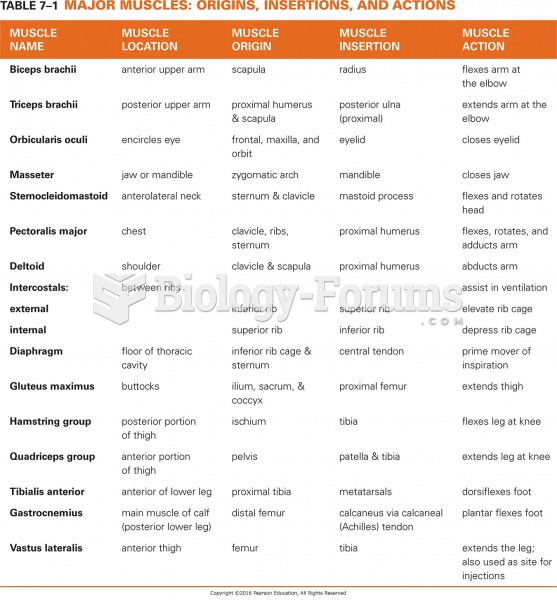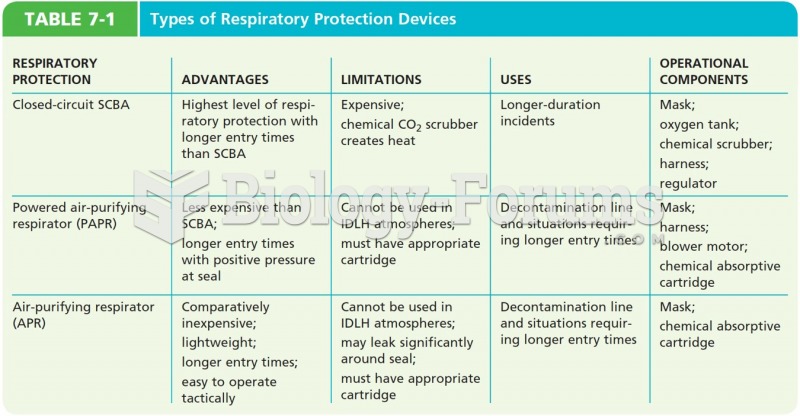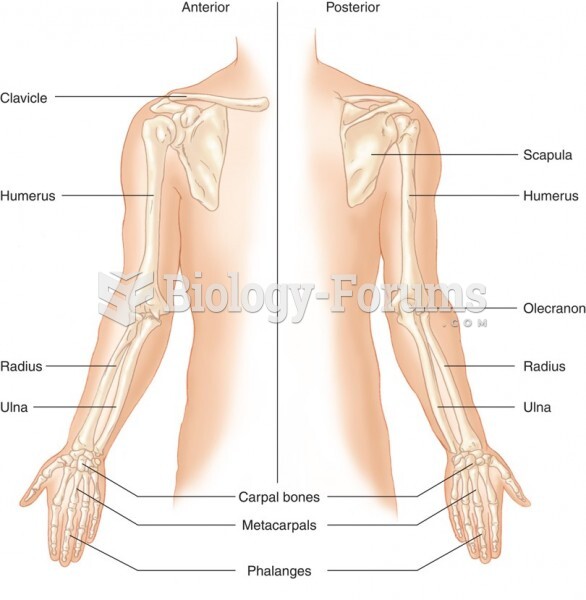Answer to Question 1
2,3,5
Rationale 1: The trachea and bronchi are part of the lower respiratory tract.
Rationale 2: The nose warms the air before it reaches the lungs.
Rationale 3: The nasal mucosa is the first line of immunological defense.
Rationale 4: Activation of the sympathetic nervous system, not the parasympathetic nervous system, constricts arterioles in the nose.
Rationale 5: Activation of the sympathetic nervous system constricts arterioles in the nose.
Global Rationale: The nose warms the air before it reaches the lungs. The nasal mucosa is the first line of immunological defense. Activation of the sympathetic nervous system constricts arterioles in the nose. The trachea and bronchi are part of the lower respiratory tract. Activation of the sympathetic nervous system, not the parasympathetic nervous system, constricts arterioles in the nose.
Answer to Question 2
3
Rationale 1:The client needs to use an accurate medical dosing device and take 15 mL, which equals one tablespoon three times per day.
Rationale 2:The client needs to use an accurate medical dosing device to measure medication. Eating utensils vary in size.
Rationale 3:Carefully measure using a medical dosing device and take 15 mL, which equals one tablespoon three times per day is the correct dosing instructions.
Rationale 4: 15 mL equals one tablespoon or three teaspoons.
Global Rationale: Carefully measure using a medical dosing device and take 15 mL, which equals one tablespoon three times per day is the correct dosing instructions. The client needs to use an accurate medical dosing device and take 15 mL, which equals one tablespoon three times per day. Eating utensils vary in size.







